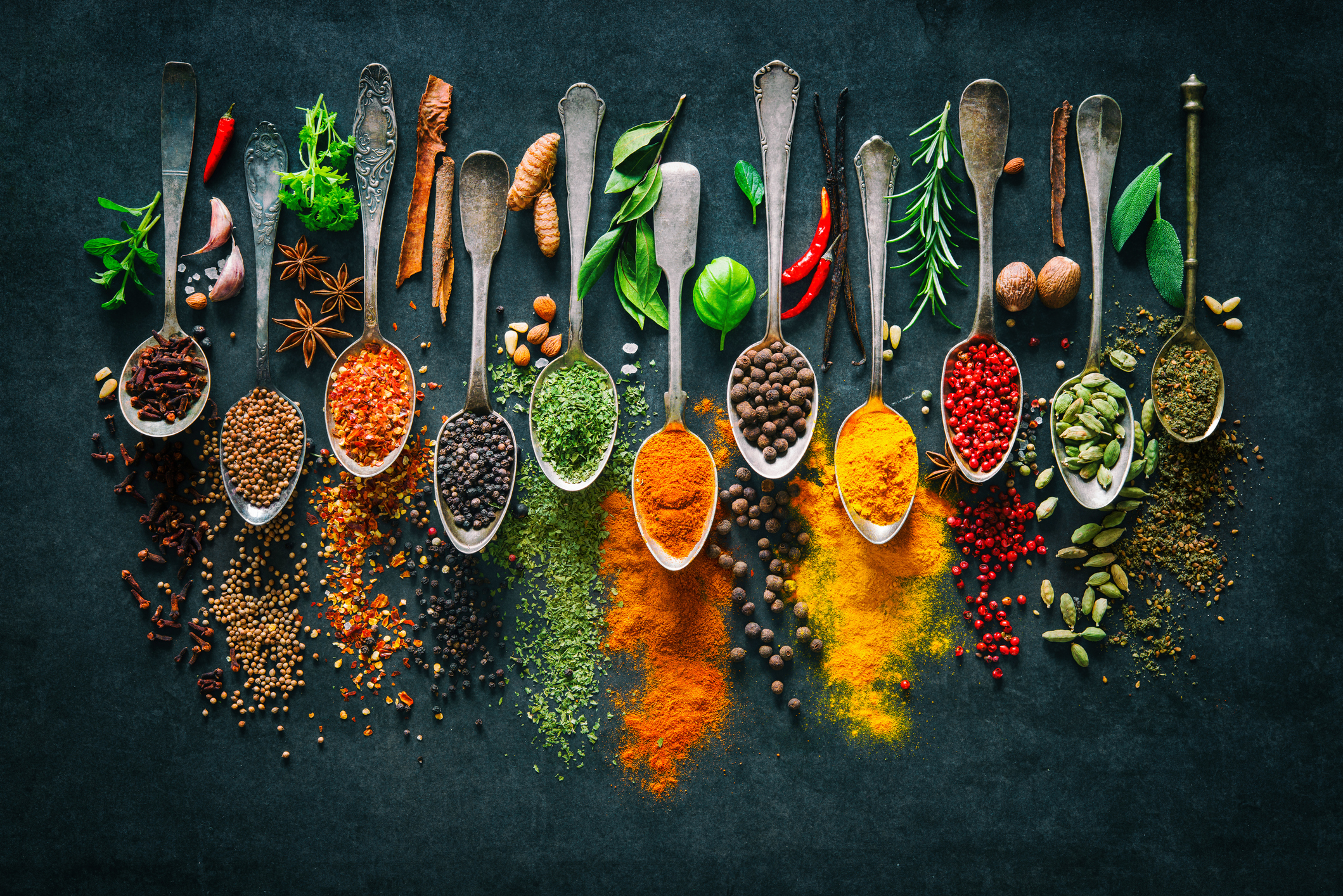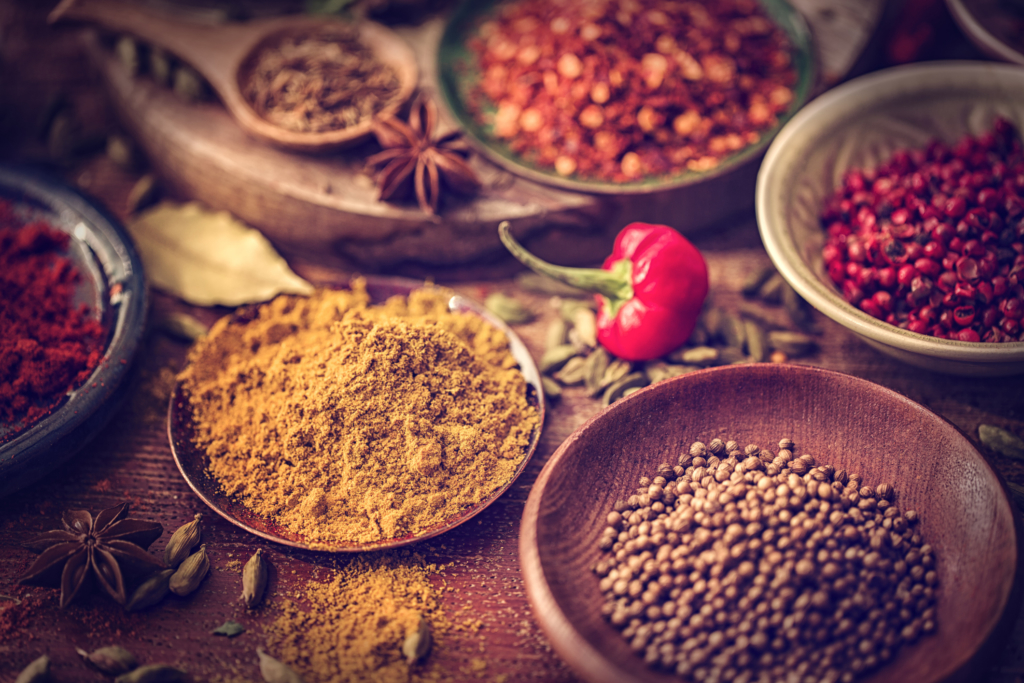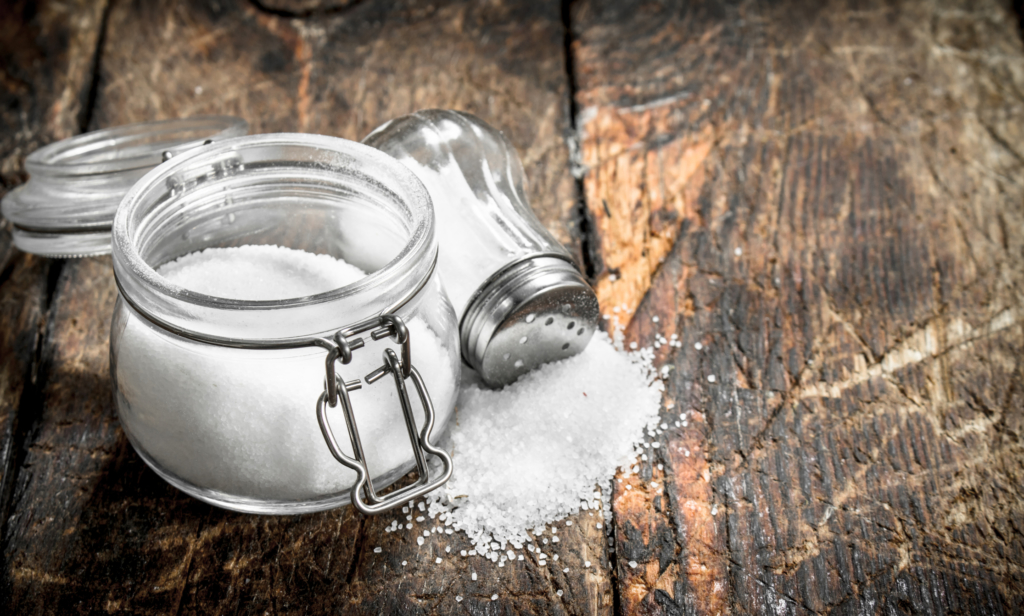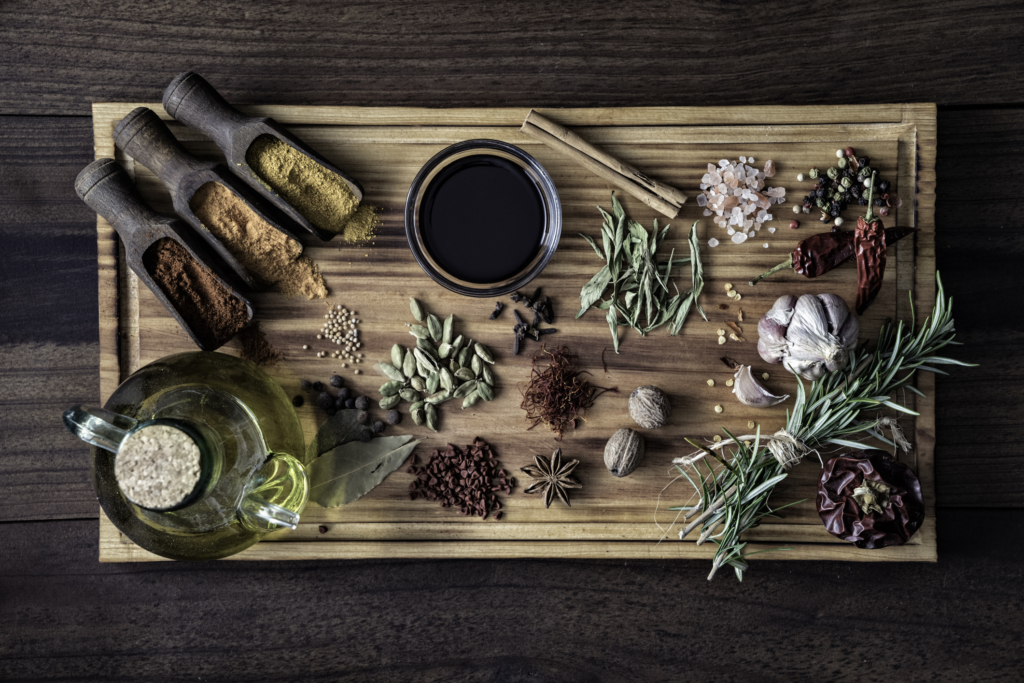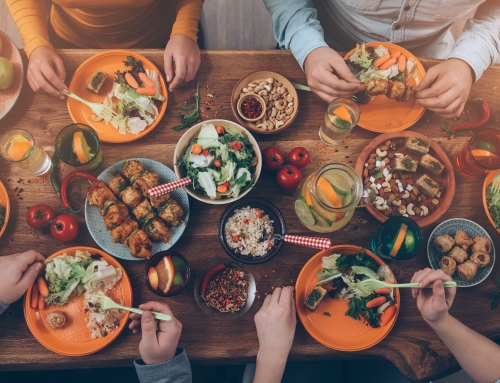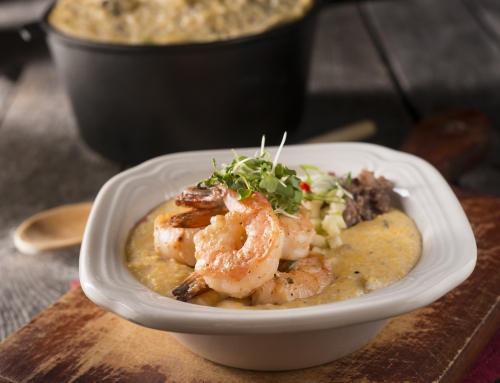By María Eugenia Rodríguez, MS, RD, CSR, LND, Licensed Dietitian Nutritionist
You have probably heard about the importance of eating a low sodium diet. The general recommendation for people with kidney disease is to consume less than 2,000 mg of sodium per day. According to statistics from NHANES 2007-2010, the adult man in the United States consumes 4,240 mg of sodium and the adult woman consumes 2,980 mg.1 In some South American countries such as Argentina, Brazil and Costa Rica sodium intakes have been reported between 4,400 and 4,700 mg per day.2
One of the sources of sodium in our diet are the condiments we use for cooking. Many common condiments in Latin American and Caribbean cuisine can be high in sodium. In a study published in February of this year, the amount of sodium in 12 categories of packaged products sold in 14 countries in Latin America and the Caribbean was examined.2 The researchers evaluated 16,357 products. The study reported that condiments (n = 1083) was the group with the highest sodium content among the 12 product categories (median: 7,778 mg/100 g; average: 684 mg/serving). In Puerto Rico, an island in the Caribbean, it is common to use all-purpose seasoning, bouillons, and “sazón” to prepare meats, rice dishes, stews and soups. These condiments are high in sodium.
Reading the nutritional label of the condiments you use for cooking is essential to select the lowest in sodium. A product that has more than 140 mg of sodium per serving is considered high in sodium. In addition to looking at the sodium content on the nutrition label, it is important that you look at the serving size. If you use a portion larger than the nutrition label indicates, you will be using more sodium in the preparation of your food.
One teaspoon of salt has 2,300 mg of sodium. Therefore, use it in moderation. Avoid using salt substitutes because they contain potassium. If you look at the list of ingredients, you will see that the salt substitutes have potassium chloride. Some brands of these substitutes can provide up to 600 mg of potassium in a ¼ teaspoon serving.
There is a great variety of herbs and spices. You can buy fresh or dried herbs in the supermarket or grow them fresh in your home. The spices you will always find dry. Store dry herbs and spices sealed in a dark, dry place in the kitchen. Fresh cut herbs can be stored in paper towel inside a sealable bag in the refrigerator. Dry herbs have a more powerful and concentrated flavor than fresh herbs. Therefore, use a smaller portion of dry herbs than of fresh herbs when cooking.
Once you have them in your home, mix different herbs and spices to create different flavor profiles. Initially, it can be intimidating to use new seasonings, but with practice you will gradually achieve better results in your foods. In addition to adding aroma, smell and flavor to our meals, herbs and spices provide antioxidants, vitamins and minerals to our diet. Dare to use them!
Tell us, what are your favorite condiments?
Some alternatives without salt or low sodium are:
- Garlic and onion powder
- Garlic, onion and fresh peppers
- Lemon, lime
- Bay leaves
- Cumin
- Oregano
- Cilantro
- Long Coriander
- Jalapeño chilis
- Hot sauces
- Chili powder, cayenne pepper
- Paprika, annatto, turmeric
- Black pepper
- Cinnamon, cloves, nutmeg, vanilla
- Ginger
- Rosemary, thyme, basil
- Vinegar: white, apple, red or white wine, sherry, balsamic
- Sofrito: cooking base prepared with cilantro, long coriander, sweet chili pepper
- Chimichurri: green sauce prepared with cilantro, parsley, oregano
- Garlic sauce: oil and garlic

